





 |
 |
 |
 |
 |
 |
| jetdoctor | profile | all galleries >> Deadhorse Cycles >> KE100 Seat Rehab | tree view | thumbnails | slideshow |
| previous page | pages 1 2 ALL | next page |
 IMG_3016.JPG |
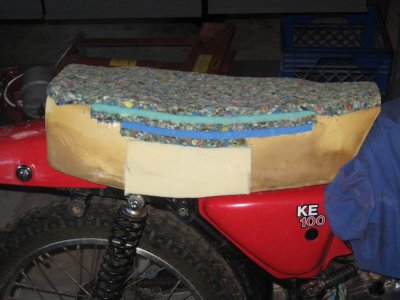 IMG_3017.JPG |
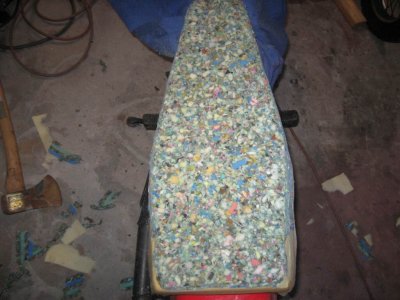 IMG_3018.JPG |
 IMG_3019.JPG |
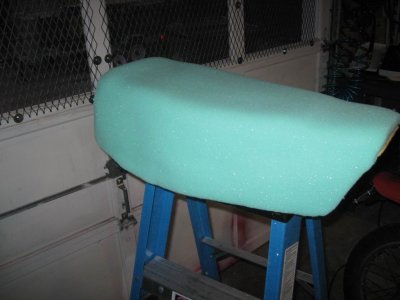 IMG_3020.JPG |
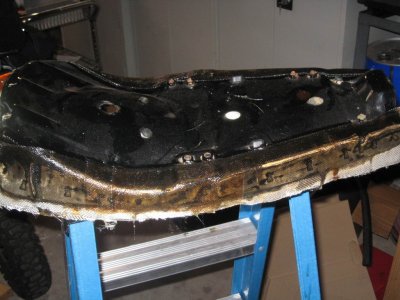 IMG_3022.JPG |
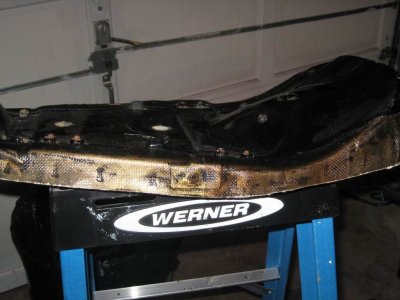 IMG_3026.JPG |
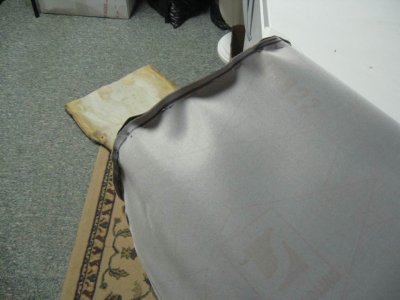 IMG_3024.JPG |
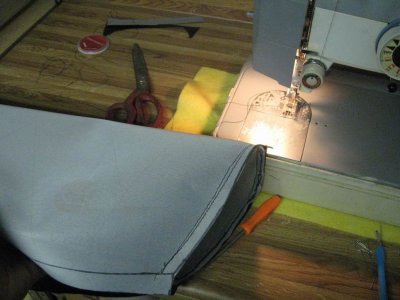 IMG_3028.JPG |
 IMG_3029.JPG |
 IMG_3030.JPG |
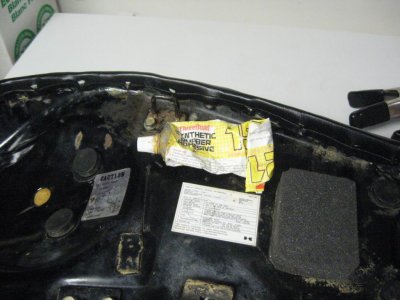 IMG_3031.JPG |
| previous page | pages 1 2 ALL | next page |
| comment | share |